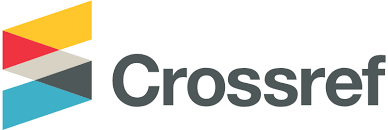Pola Jaringan Angkutan Laut Gugusan Pulau dalam Wilayah Kabupaten Pangkajene Kepulauan
Abstract
The Pattern of Sea Transportation Network in the Region of Pangkajene and Islands Regency. Geographically, Pangkajene Islands Regency consist of land and islands, with a sea area of 11,464.44 km2, with 115 islands, 73 inhabited islands and 42 uninhabited islands. These conditions require a reliable sea transportation network to improve connectivity between the regional growth centers and the local growth centers. This study discusses the pattern of passenger movements, and plans for developing a sea transportation network system in the island cluster of Pangkajene Islands Regency using the method of cross classification analysis or category analysis to obtain the pattern of trip generation, as well as the gravity model analysis method for calculating the number of passenger movements. The results showed that, the high potential for passenger movement in the islands, but the availability of transportation networks and services is still low, identified several islands as the main economic center that serves as a hub port to connect the surrounding islands that function as feeders, including Balang Port Lompo and Sarappo Lompo Port in Liukang Tupabbiring District; Gondong Island Bali and Sabutung Island in Liukang Tupabbiring Utara District; Matalaang Port, Sapuka Lompo Harbor, and Sailus Harbor in Liukang Tangayya District; and Dewakang Lompo Port, Kalukalukuang Port and Pamantawang Port in Liukang Kalmas District.









